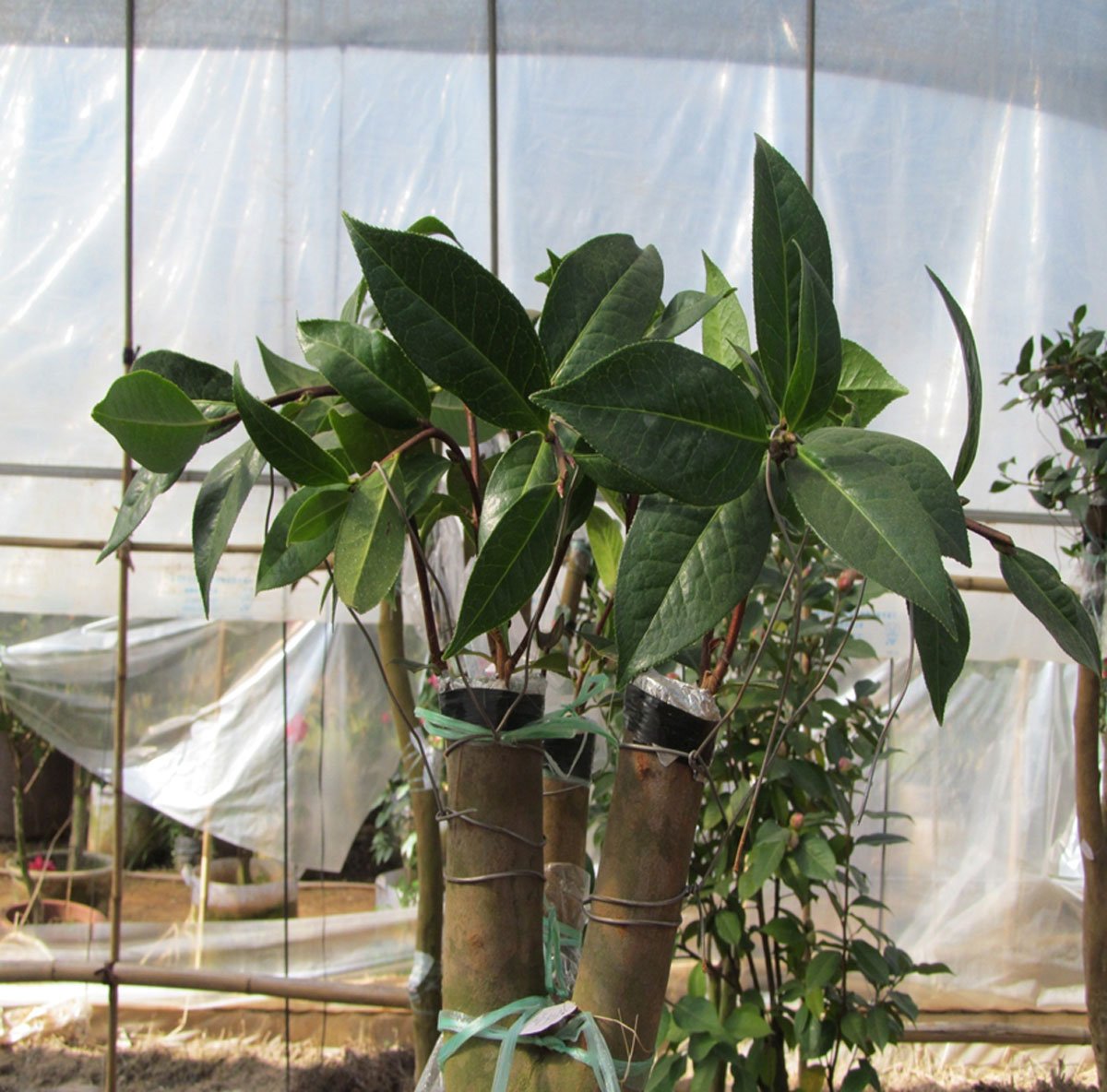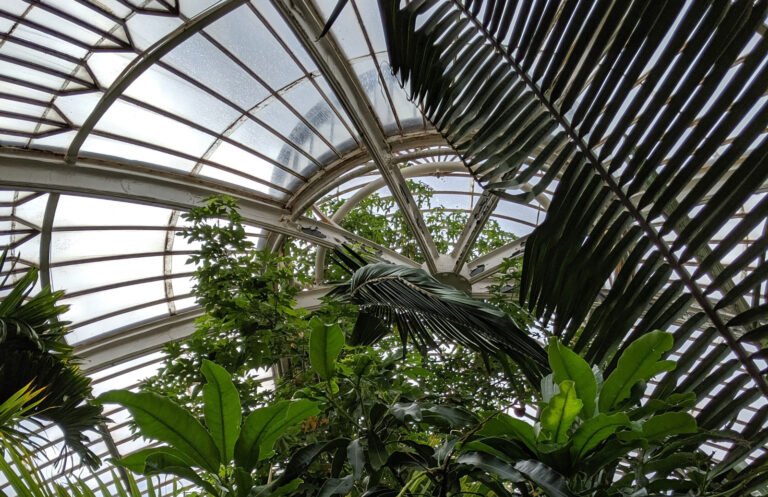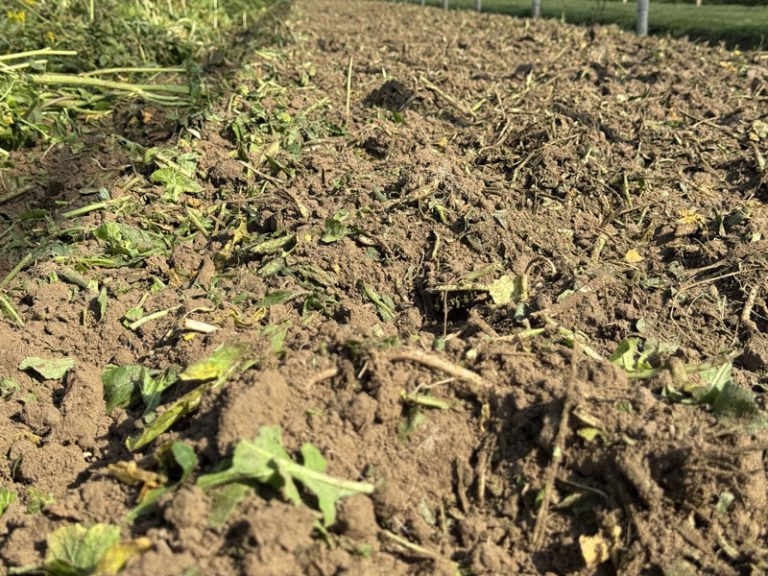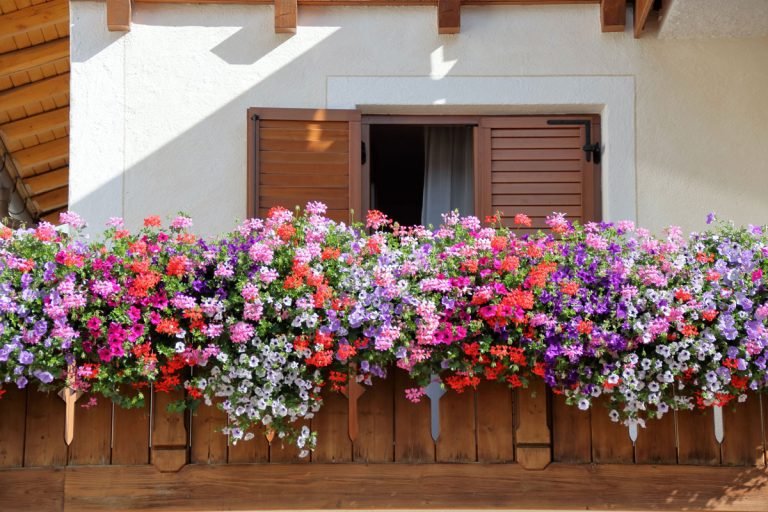Grafting is another method of plant propagation, in which we need two plants; it is in fact the union of two plants, one of which provides the root system and the other the foliage. It is always possible thanks to that typical and unique characteristic of the plant cell, of callus production from undifferentiated cells, and subsequent “junction” or union.
It can be carried out on young and old plants: it is the most recent technique also used in young vegetable plants, in which a few days old young plant born from seed is used as a rootstock and as a “nest” (the part that will provide the foliage) a herbaceous scion, in which the important thing, to guarantee a good result, i.e. graft union success is that the diameters of the two parts that we are going to junct are very similar to each other.
It is also possible to graft a fruit or ornamental plant from our garden, paying attention not only to the size of the branches/stem that we are going to graft, but also to the time; the ideal is to carry it out in the season of vascular cambium activity (cells that are inside the stem and which are responsible for the growth in thickness of the stem itself) which every spring restar the multiplication activity and differentiate new vascular tissues that will constitute the new circle, or ring.
Based on the type of shape of the two parts that we wish to join and their nature, we can have different kinds of graft: they are distinguished: budding if the part of the graft is represented by a bud (shape of the bud: shield, Majorcan, etc…) (see figure), detached scion graftage, if we use a scion and also in this case, based on the way in which the scion is inserted, we have: split graft, terminal split, etc.

Why is a graft done?
For fruit plants, a vigorous variety is generally chosen as the rootstock, which provides good growth and strength, and as the scion, the most interesting variety from the point of view of flavour, productivity and aesthetics. In other situations you can choose the rootstock because it is resistant to a certain type of soil, or to soil born diseases or insects.
Another point of attention, in addition to the most suitable period, is to verify that the two varieties or species that we graft are compatible with each other for a successful graft union formation.
Even large trees can be grafted, if we want to maintain, or recover, one of our significant specimens and there are some growth or phytosanitary problems, we can graft the branches, replacing them with healthy branches, perhaps even, curiously, of different varieties the one from the other, to obtain a unique specimen.
It seems easy…
Actually, explained in this way, it seems that anyone can perform a graft, and this is partly true, but…
The most difficult part is probably not so much the graft union but the subsequent phase, post-grafting, i.e. the optimal environmental condition in which to keep the newly grafted plant: if the relative humidity is too low, there is a risk that the new bud dries up and falls, if too high there may be rot, at the grafting point.



